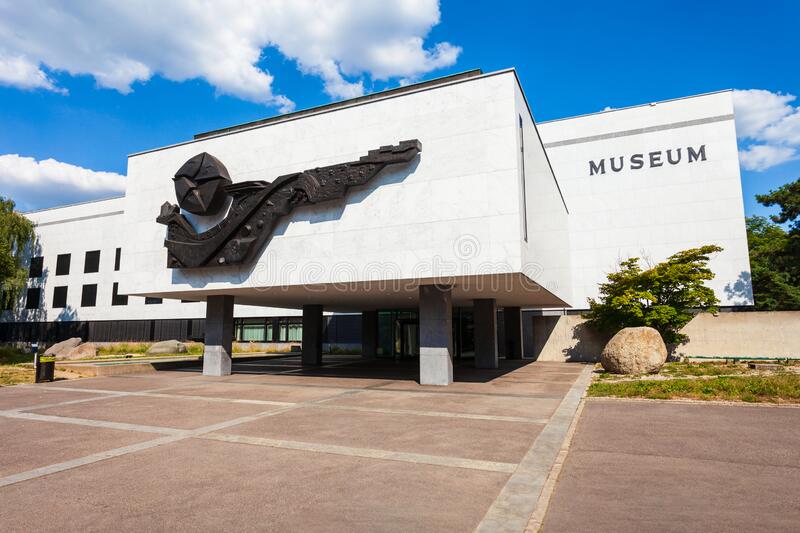
My Secret Geneva, Museum
My Secret Geneva
Museums have always been active in shaping our views and perceptions. They help us gain knowledge about past practices yet manage to make the process of learning fresh. We chose museums as “A secret Geneva midterm project” because it is our belief that they provide the most effective way of learning. Since we are university students, we find the idea of time-saving resources essential. Furthermore, a single visit to the museum can assist in exploring in-depth information on a particular subject. Both of us are genuinely interested in nature and its history, as well as in art and archeology. Therefore, we chose to explore the “Museum of Natural History” and “Musée d’Art et d’Histoire” in Geneva.
Let us kick off with the “Museum of Natural History” (Figure 1). To begin with, the museum is located on Route de Malagnou 1. Webster University students can take a train from the Genthod-Bellevue train station to Genève-Eaux-Vives, gare, which is 10 minutes away from the learning center. The museum itself is open every day from 10 am to 5 pm, except Monday when it is closed the whole day. We came there on Saturday at approximately 4 pm. It was not crowded since we witnessed only a few families and students around. What is more, the entrance and Wi are entirely free. Nevertheless, an essential part is bringing the negative PCR / Rapid Antigen test / COVID certificate and an identity document that the staff members check at the entrance. We came to the museum with negative tests, which had to be confirmed with a passport / ID. We had only pictures of passports, and unlike in most restaurants and shopping malls in Geneva, the workers did not accept the photos. We had to go back to the university to get the identity documents and bring them to the museum.
Right after the entrance to the museum, we were surprised to see the real conserved species. Figure 2 below reveals how it looked to us. There were crocodiles, turtles, snakes, and the descriptions of them. Then, when we ascended to the first floor, we saw a cozy cafe, which was, unfortunately, closed because of COVID-19. However, on the same floor, we got a chance to explore an extensive collection of stuffed and preserved animals. For example, the tropical part exhibited camels, donkeys, and leopards. For the record, did you know that the last wild Bactrian camels live in the Gobi desert, where they face an arid climate? In order to resist the drought, such a camel can drink up to 100 liters of water in one go. That is an astonishing fact that we read in the tropical section of the exhibition. Besides, the descriptions of animals and facts about them are written down in both French and English languages. Furthermore, what we have valued on this floor was the contrast between exhibitions. As we have already mentioned, there was a tropical one. Yet, the exhibitions of various species of birds and the Antarctic were present too (Figure 3). Thereupon we checked out the second floor, which manifested such stuffed animals as jellyfish, sharks, and just fish. You can see the demonstration of jellyfish in Figure 4. We found it an exciting idea for the inventors to use glass and metal since they connected biology with art. The last but not the least floor exhibition is dedicated to geosciences, astronomy, and the evolution of man. It may seem boring to some, but the museum practically enlivens the presentation by offering biology-linked games and fun activities (Figure 5). For instance, there is a computer that helps us gain knowledge on the parasite ecology and the parasite of the day. By clicking on each concept, profound information on the topic is provided. We think that it is a great idea to come up with such activities since this exact way the younger generation can be attracted to the museums as much as the older one. Overall, the “Museum of Natural History” is a considerable place to visit for those who want to learn more about animals and geosciences yet make the observations fun and absorbing. Our personal museum experience is absolutely positive. We have enjoyed it and definitely recommend everyone to check out the exceptional quality of the museum.
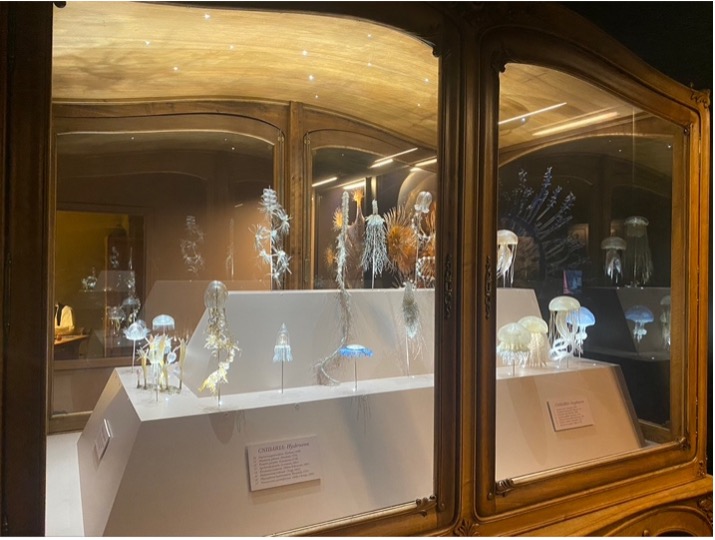
Figure 4
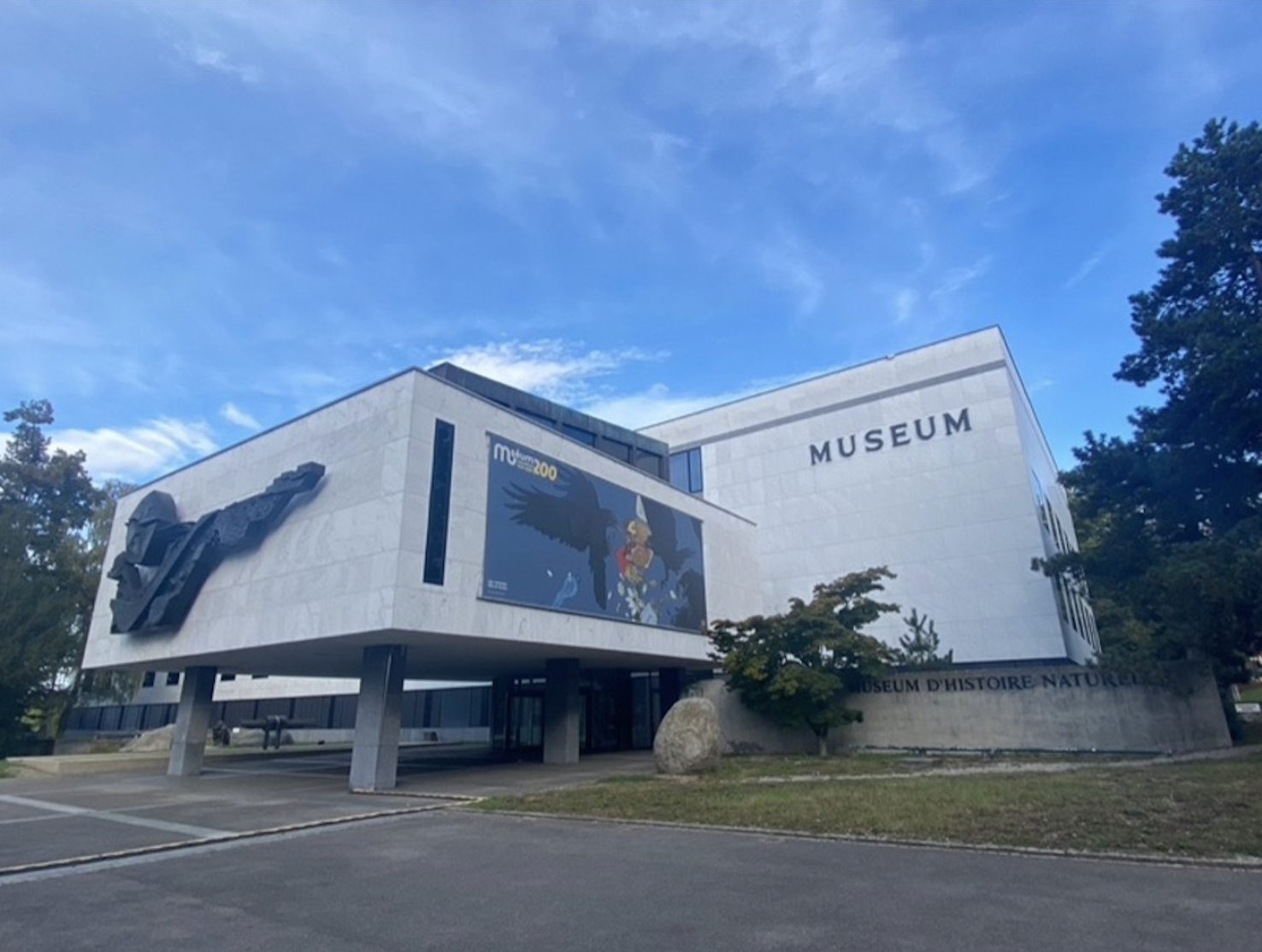
Figure 1
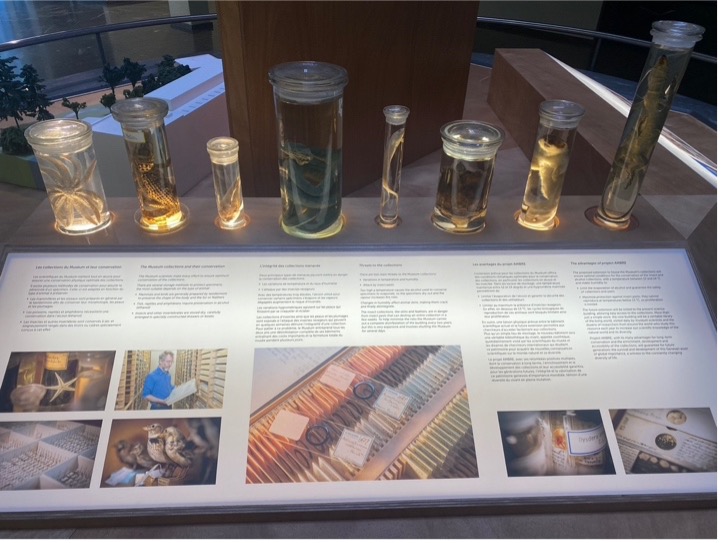
Figure 2
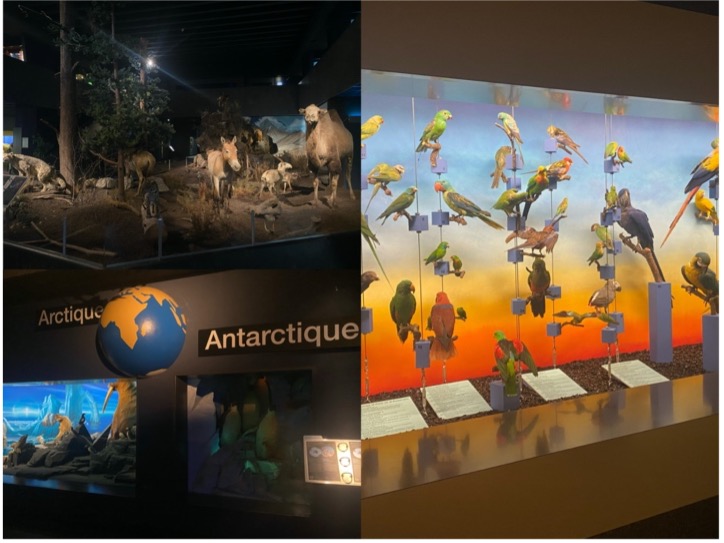
Figure 3
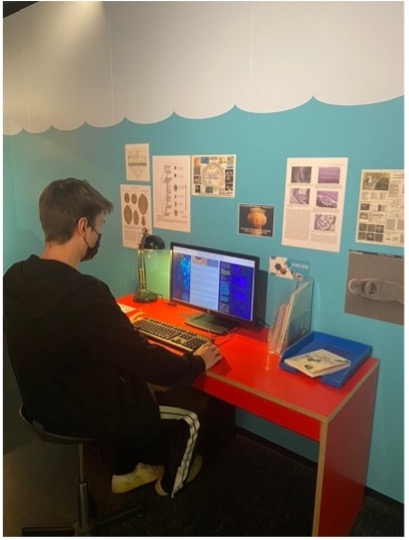
Figure 5
After spending quite some time exploring flora and fauna, we decided to visit the “Musée d’Art et d’Histoire” (Figure 6 and 7), which is located on Rue Charles-Galland 2 and, for the record, is 8 minutes away by walking from the “Museum of Natural History.” It is open on Thursday from 12 pm to 9 pm; Tuesday, Wednesday, Friday, Saturday, Sunday from 11 am until 6 pm; closed on Monday. First things first, we were impressed by the dimensions of the museum. It seemed vast and eventually emerged to be so. Besides, built in 1910, the building is pretty ancient. When entering, the negative PCR / Rapid Antigen test / COVID certificate was required as well as the original identity documents. We came there at about 5 pm, and it was crowded. The entrance and Wi-Fi are free. We decided to start our visit with the exhibition on antique fashion. At the outset, not only were we impressed by the ancient dresses, costumes, and shoes, but we got a chance to look at how these clothes were produced. Near one of the 18th century pink dresses, there was a TV where visitors observed how and which materials were being used to make the dress (Figure 8). It is a fun arrangement that is certain to amuse a regular visit to the museum. As well as a great idea to manifest the contrast between the technology (in this case the TV) and the historical stuff in the present-day time. Then we came across a small shop, where guests buy such souvenirs, as postcards (2 franks), bags (10-15 franks), etc. (Figure 9). Thereupon we have entered the room of ancient military and hunting supplies. It looked fascinating to Misha since he is a fan of earlier special forces. As for Angelina, she loves cooking, and therefore it was interesting to explore the food that middle- and high-class people prepared before (Figure 10). Later, we decided to check out the art exhibition (Figure 11). We believe this part of being our favorite since art is our common interest. The pictures of the museum exhibits are all quite big and of various artists from different times. We carefully surveyed portraits, as well as religious illustrations. Above all, we were fond of landscape drawings. Have a look at figure 12, which is the drawing called “La Montagna.” We liked it a lot due to the direct rays of sunshine on one of the mountains in Geneva. Closer to the end, we surveyed the Japanese culture. There was a broad exposition of Fans in Japan, made of paper on a bamboo frame. As a matter of fact, fans are an integral part of Japanese rituals and an essential accessory in theatres, shows, and traditional dances. They are highly successful products that were sold out from the very beginning. Eventually, we have concluded our visit with a quick glance at the archeology exhibition since the museum was about to close. Besides, there is a café that does not work because of COVID-19. Yet, it provides a beautiful garden where visitors can get some fresh air (Figure 13). An overall, the “Musée d’Art et d’Histoire” is a great learning center that offers various exhibitions and lots of historical artifacts. In such museums, visitors learn actively when they reflect on their own impressions and construct personal interpretations. It is highly recommended by us, especially for those genuinely interested in plunging into the past of art, fashion, and archeology with the help of such a good-quality museum.
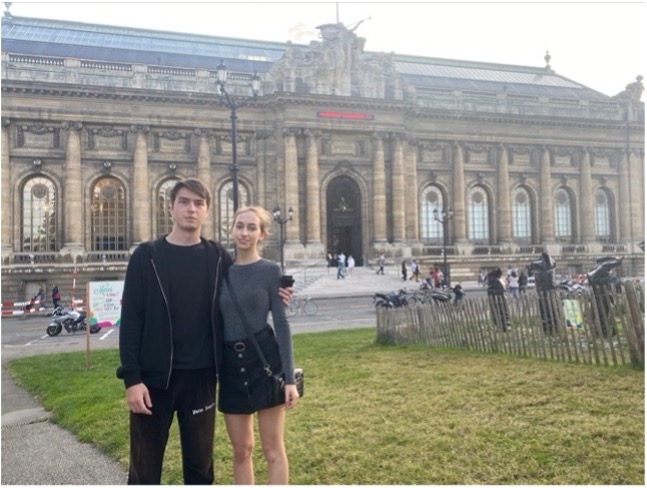
Figure 6
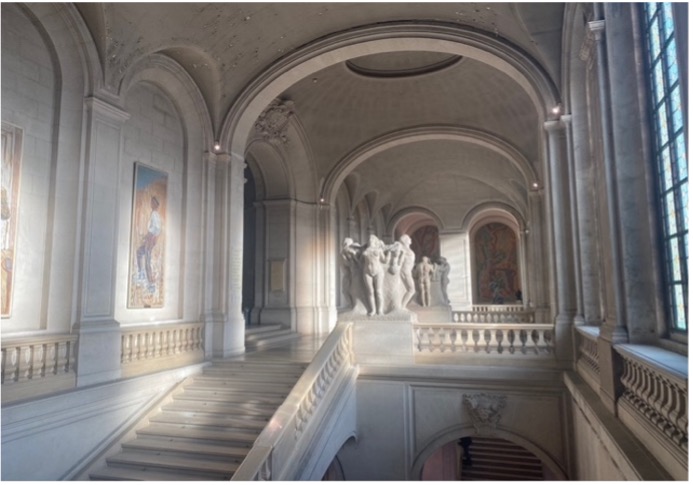
Figure 7
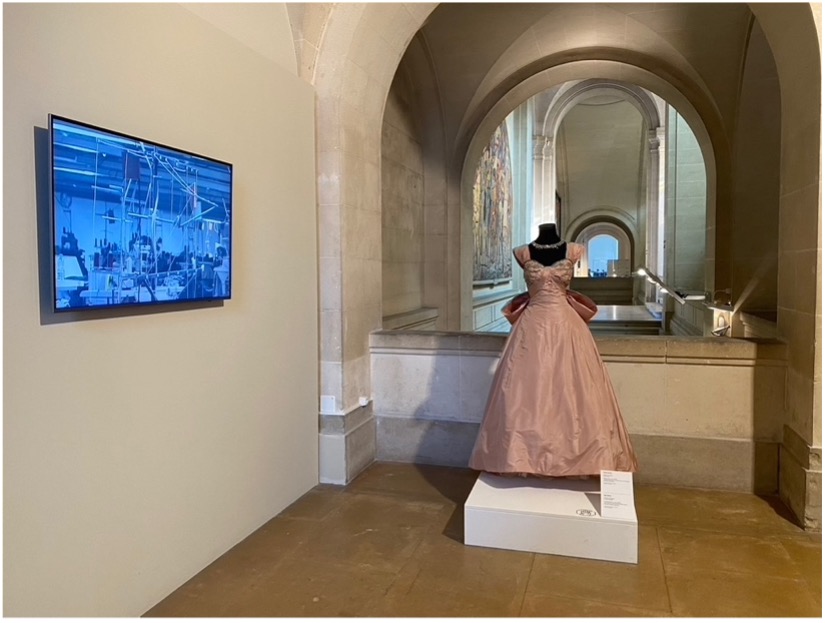
Figure 8
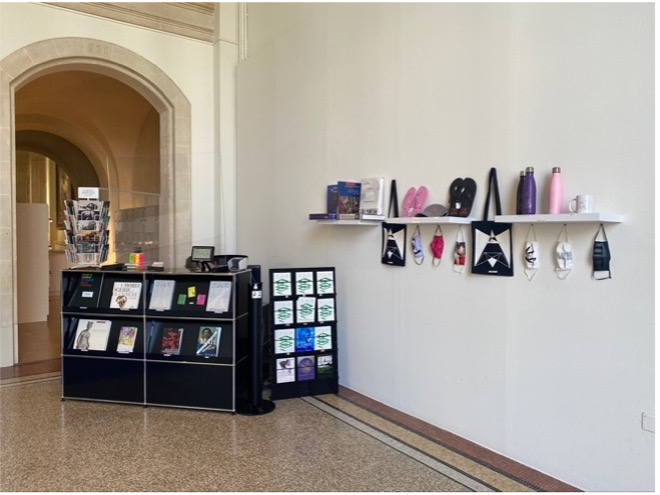
Figure 9
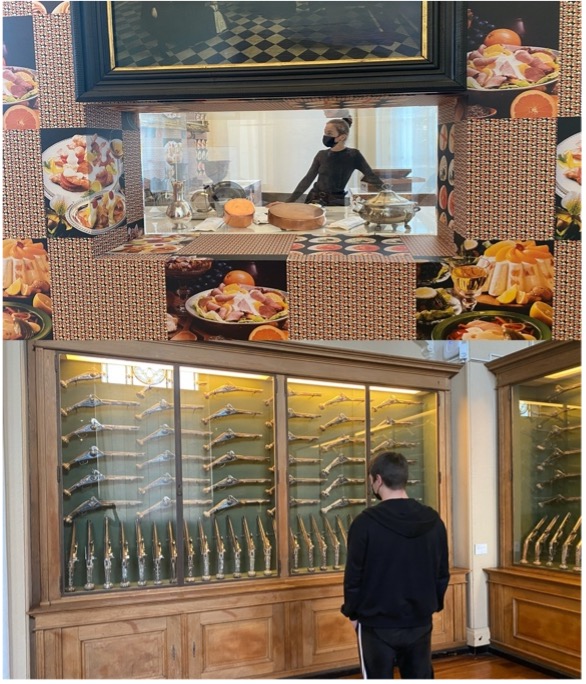
Figure 10
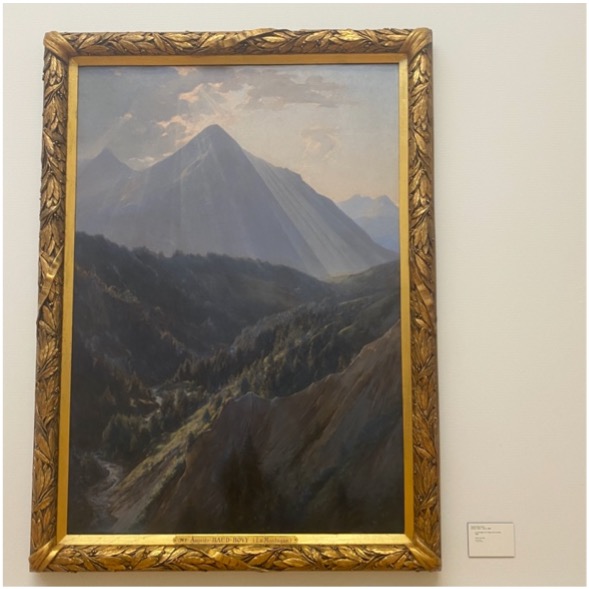
Figure 12
Suppose we compare the “Museum of Natural History” and “Musée d’Art et d’Histoire,” then a few points need to be mentioned. First of all, the first museum focuses on exhibitions of stuffed animals, whereas the second one on art, history, and archeology. These are exciting fields that are very distinct yet, so significant for common knowledge. Second of all, the first museum has more fun activities than the second one in general. Unfortunately, today mostly the older generation visits museums and contributes to the development of communities. However, the promotion of education needs to be taken into consideration by the younger generation too. By doing fun activities in the museums, we can attract students and thus influence the value of knowledge in present-day societies. What’s more, as for us, Misha is a fan of animals and therefore liked the first museum more. Although his major at Webster university is management, he spends his free time gaining knowledge on creatures. However, it is his belief that the second museum is way bigger. He would prefer surveying more animals of different categories and read more various facts in the first museum. As for Angelina, she enjoyed the second museum more since her university major is international relations, and thus she is a fan of history. She found particularly interesting the exhibition of archeology due to the fact that she could observe the tangible evidence of our ancestors. Despite that, we enjoyed visiting the museums, and we think that the beauty of art is what these two have in common. We believe that these museums are community centers that offer various interpretations of illumination. The expositions of stuffed animals, links between fashion and history, religious drawings, and cultural illustrations establish art.
All in all, we visited two precious community centers, which are the “Museum of Natural History” and “Musée d’Art et d’Histoire.” We strongly believe that museums provide an effective way of learning and are not time-consuming at all. They inspire us to study, give us an opportunity to develop culturally and are a great way to spend time with friends or family. When visiting a museum, we recommend you take notes of the information or facts that are usually written under exhibitions. Taking photos is also a great way to capture the moment. As for these two secret places in Geneva, they are highly recommended by us for anyone who wants to spend time educationally yet amusingly.
By: Anhelina Tkachenko
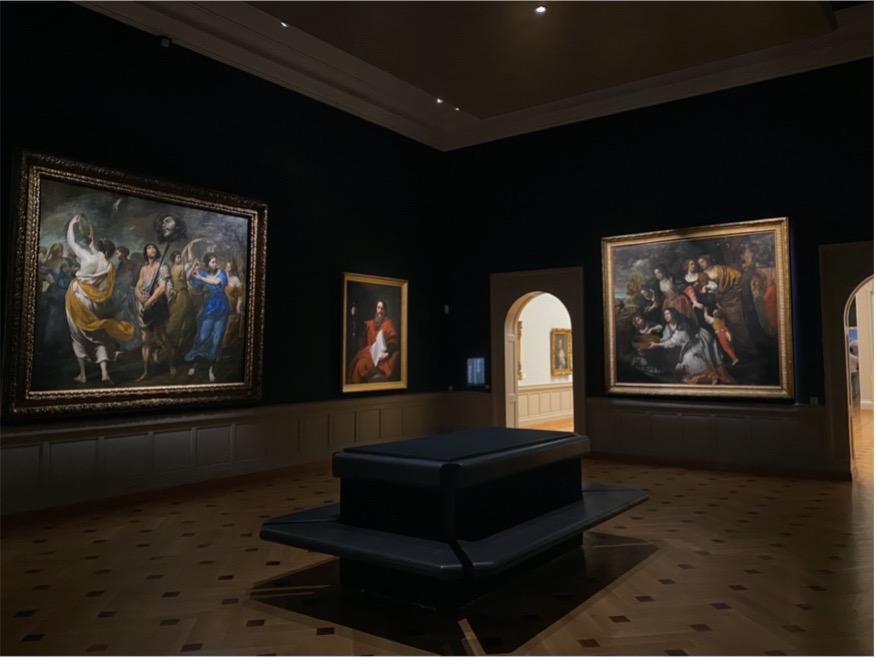
Figure 11

Figure 13
